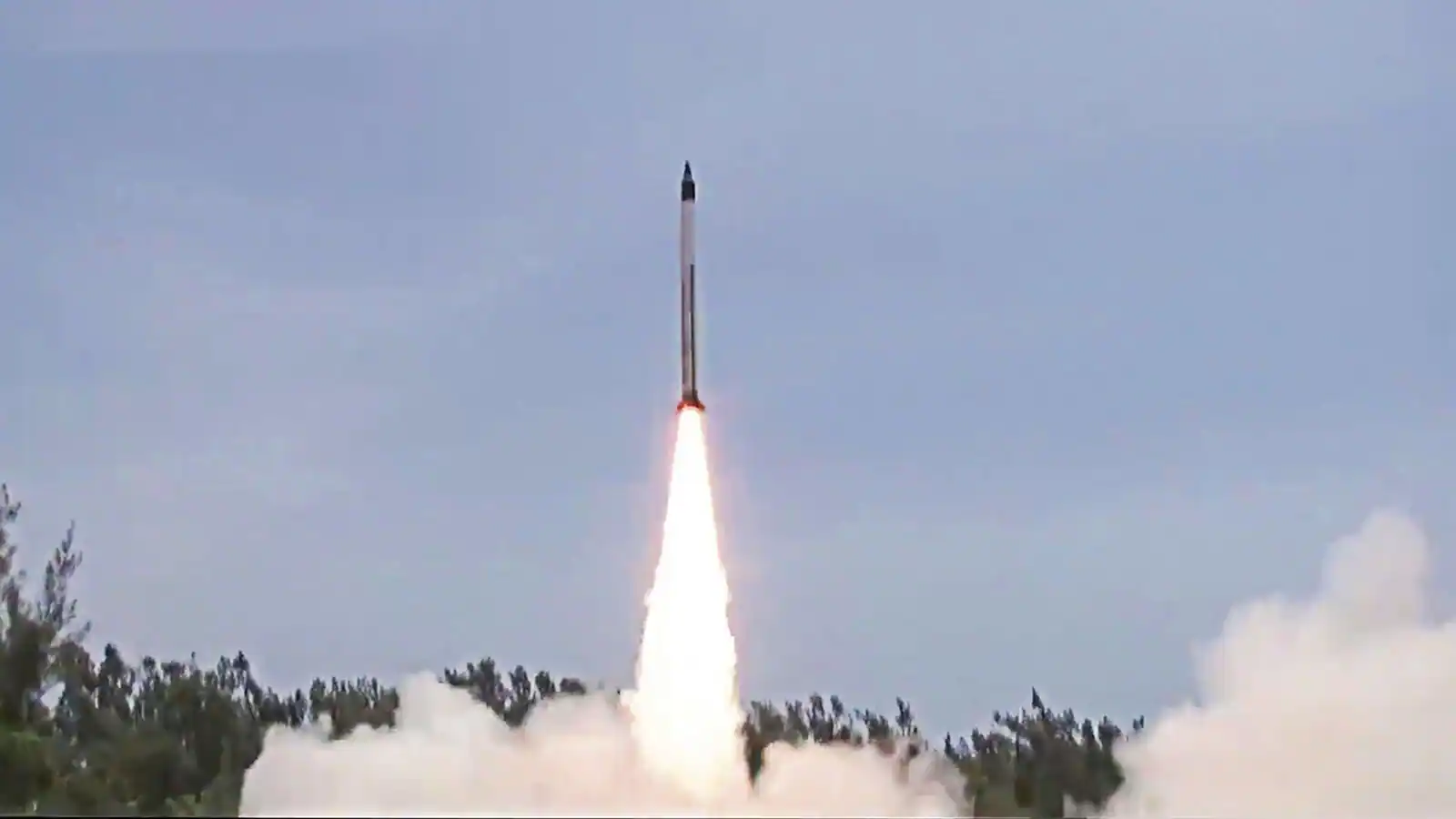New Delhi, India: In a development that has sent shockwaves through the international community, India successfully tested its indigenously developed hypersonic cruise missile technology on [Date]. This milestone achievement marks a significant advancement in India’s defense capabilities, potentially altering the regional power dynamics and raising important questions about strategic stability.
Details of the Test:
While specific details remain under wraps due to national security concerns, reports suggest the test vehicle reached speeds exceeding Mach 6, staying airborne for roughly [duration] and successfully completing its maneuverability objectives. This achievement signifies India’s growing prowess in cutting-edge hypersonic technology, joining a select few nations like the United States, Russia, and China with similar capabilities.
Strategic Implications:
Experts believe this successful test could enhance India’s strategic deterrence against potential adversaries. Hypersonic missiles, with their unmatched speed and maneuverability, can bypass traditional missile defense systems, posing a significant threat to enemy targets. This development could alter the delicate balance of power in the region, particularly with regards to its ongoing border disputes with China and Pakistan.
Concerns and Uncertainties:
However, the advancement also sparks concerns about a potential arms race in the region and the further destabilization of already tense geopolitical situations. Questions arise about the potential for accidental escalation and the long-term impact on regional security dynamics.
Global Response:
The international community is closely monitoring India’s hypersonic program, with reactions ranging from cautious optimism to outright concern. Some regional players see it as a necessary countermeasure to existing threats, while others fear it could trigger an arms race.
Moving Forward:
India’s successful hypersonic test is a significant development with far-reaching implications. While it bolsters the nation’s defense capabilities, it also raises critical questions about regional stability and responsible advancement of this powerful technology. The international community will closely watch how India and other regional players navigate this complex landscape in the years to come.





